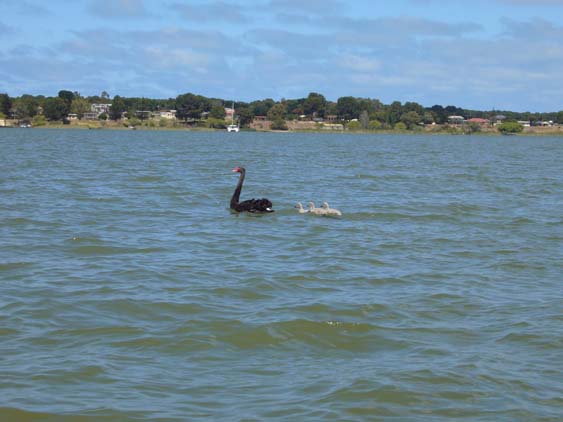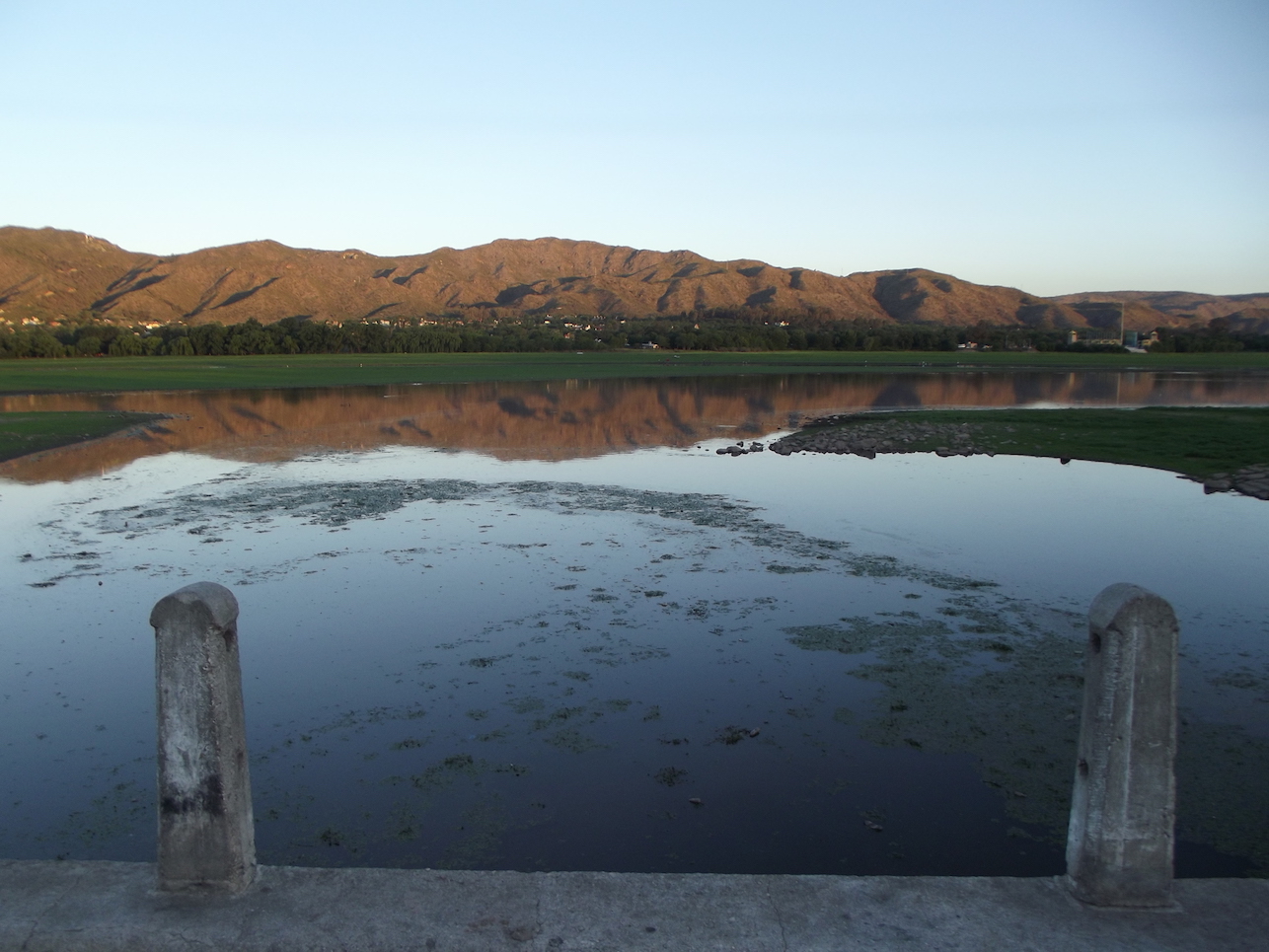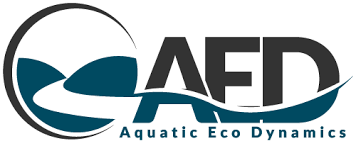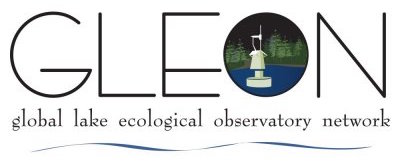-
 General Lake ModelAn open-source lake model for scientists and managers
General Lake ModelAn open-source lake model for scientists and managers -
 1-D HydrodynamicsA simple but powerful lake hydrodynamic model
1-D HydrodynamicsA simple but powerful lake hydrodynamic model



-
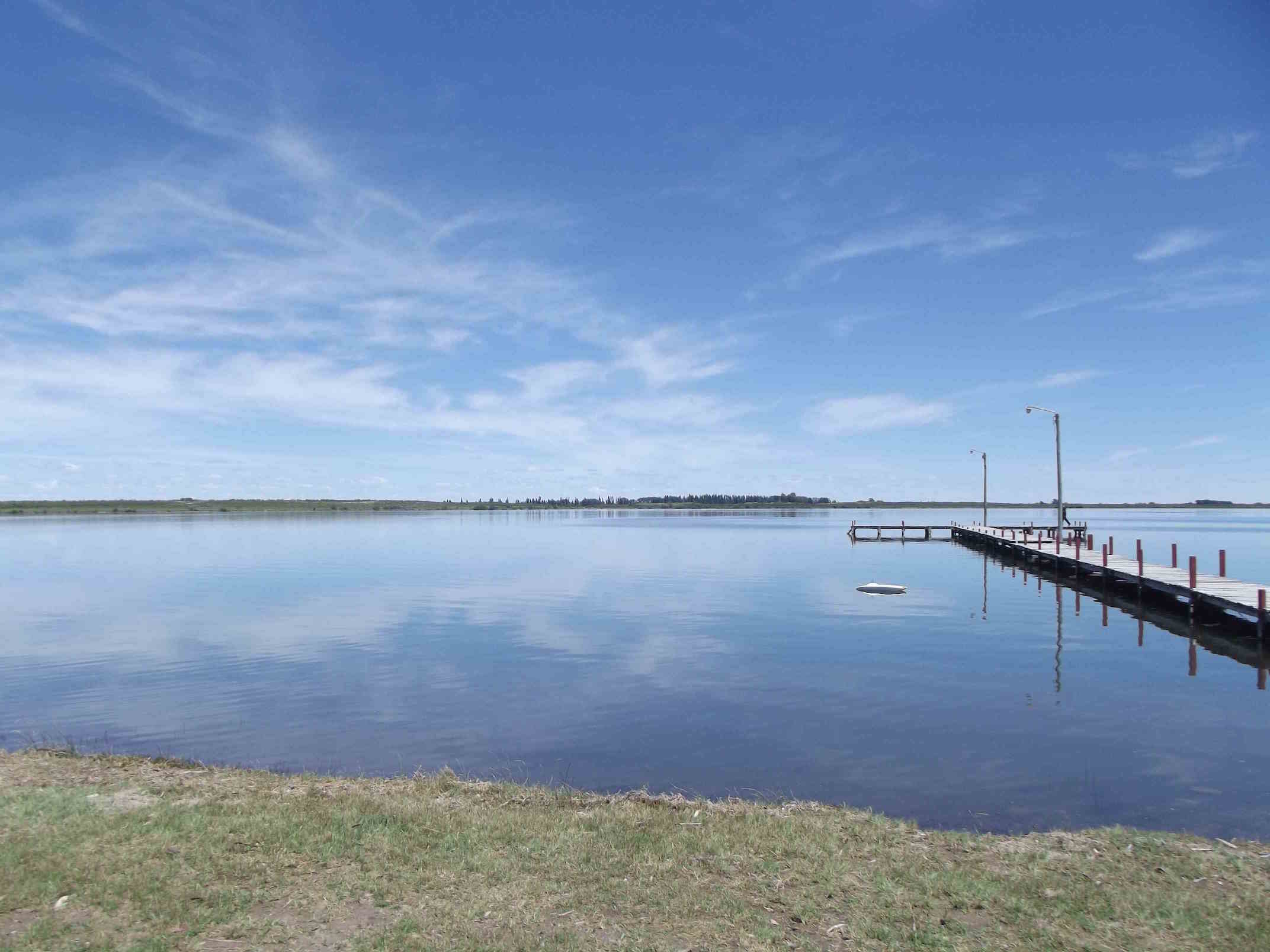 Want to simulate water quality?GLM-AED2 is capable of advanced biogeochemical and ecological predictions
Want to simulate water quality?GLM-AED2 is capable of advanced biogeochemical and ecological predictions -
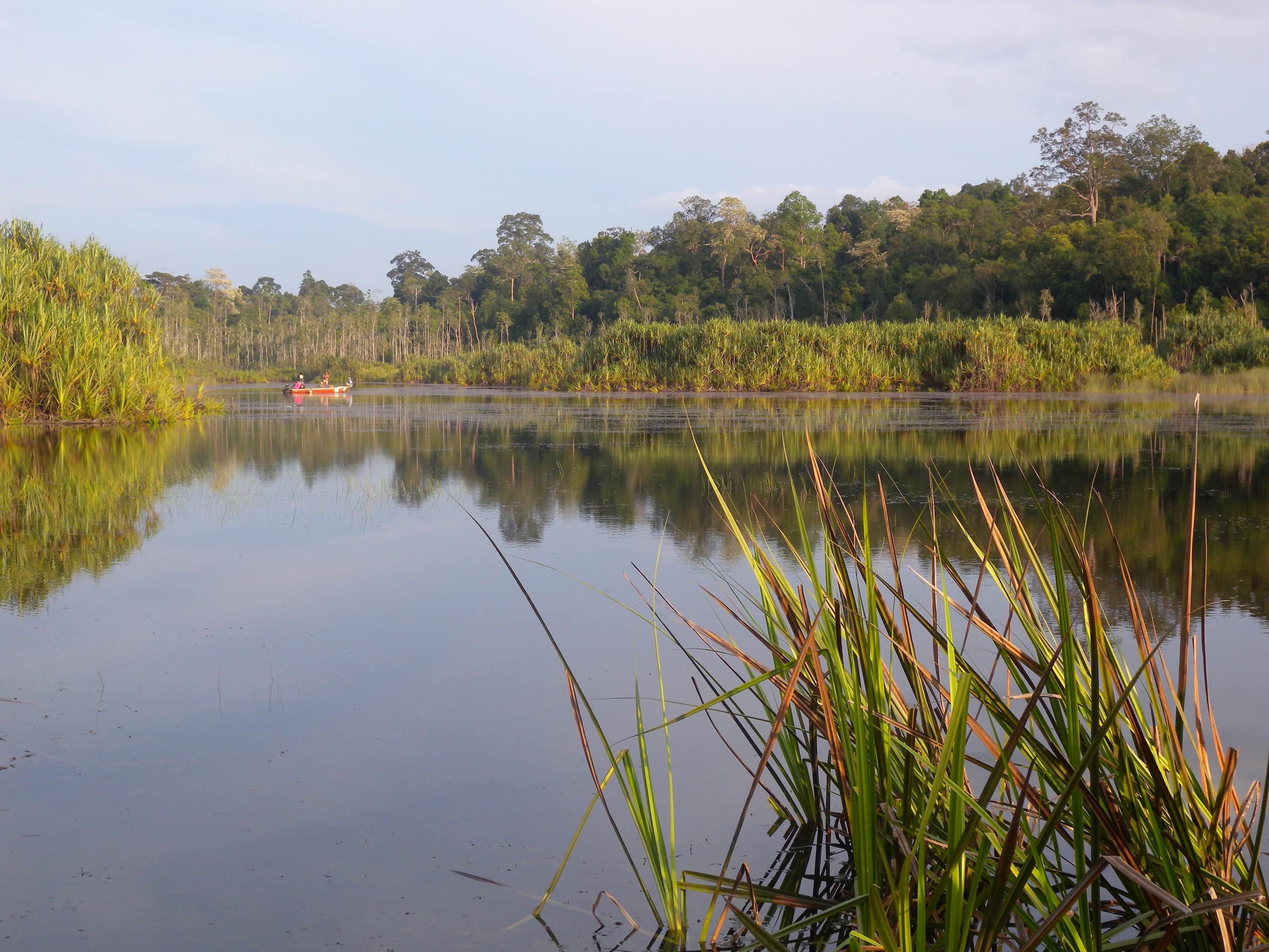 G.L.M.Download now to get started
G.L.M.Download now to get started
Science Basis
GLM is a 1-dimensional lake water balance and stratification model. It is distributed coupled with a powerful ecological modelling library to also support simulations of lake water quality and ecosystems processes
Suitability
GLM is suitable for a wide range of natural and engineered lakes, including shallow (well-mixed) and deep (stratified) systems. The model has been successfully applied to systems from the scale of individual ponds and wetlands to the scale of Great Lakes
Open Access
GLM is an open-source project, and the source code is accessible and customisible for specific applications
Recent Blog Posts & Project Updates
Resilience of lakes to water level manipulation
As part of an new research project, Dr Matthew Hipsey and team are working with Prof Leon Barmuta from the University of Tasmania and Dr Carolyn Maxwell from HydroTasmania to assess how Tasmanian Lake ecosystems that are part of their hydro-power scheme respond to water level manipulation.
GLM Multi-lake Comparison Project (GLM-MLCP)
Dr. Louise Bruce leads the GLM-MLCP which is a community driven initiative where numerous researchers from the GLEON and AEMON networks collectively simulate numerous lakes using a common approach to setup and assessment.
Data-assimilation within GLM for Lake Alexandrina
One of the challenges with complex ecological models is reducing error and quantifying uncertainty. As part of an ARC Discovery Project we are working with Prof Justin Brookes from the University of Adelaide to simulate the Lower Murray River and Lake Alexandrina using novel data-streams to undertake an advanced process validation of the model.
The Influence of Climate Change on Cyanobacterial Blooms
Prof Justin Brookes and Dr Anna Rigosi from the University of Adelaide has recently completed a project funded by the US Water Research Foundation (WRF) to assess how cyanobacterial risk changes under climate change scenarios in parallel to different nutrient management targets.
Quick start guideConfiguration


